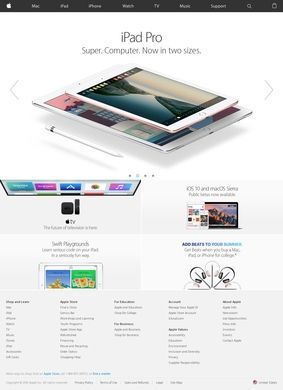Introduction
Apple Inc. is a U.S based IT and manufacturing firm that specializes in production of PCs, Smartphones, tablets and portable music players. They also provide 3rd party software and hardware products to their customers. The company's first personal computer was known as Apple II followed by Macintosh which ushered in new Graphical Interfaces to the digital market, and later the Apple Newton. Though these early electronics were not very successful, they paved way for future consumer devices such as the iPhone and iPod. Their headquarters is at Cupertino, California.
History
The corporation was started in 1/04/1976 by entrepreneur Steve Jobs together with his friend Steve Wozniak. They met at Atari Company but soon left to launch Apple from a home garage, 'Apple I' was produced in July the same period though it wasn't a full computer as it only contained a RAM, CPU and simple chip set. Apple II became popular in America gaining well over 70% the entire market share. Moreover, the introduction of Macintosh computer furthered Apple's consumer base. This system was the first to be fully fitted with a monitor, mouse, speakers, operating system and keyboard. A new line of apps was also introduced that featured the Lotus Jazz, Mac Paint, Mac Draw as well as Microsoft Office.
Services
Nowadays, the firm's software products range from server systems to professional applications such as Mac X OS. Apple sells a wide variety of brands including the iPod, iPhone, iPad and MacBook Air, including a series of electronic retail stores in America and many other regions around the world. As part of its expansion formula, the firm recently partnered with RIM and Microsoft Corp to successfully outbid Google and acquire patent portfolio rights from Nortel Corp. Through this deal, the company obtained full rights to tablet computer and mobile phone technologies.
Technological developments
Apple Inc. has adopted a policy of continuous innovation in only a small line of key products, this strategy has been vital in their success over the recent few years. They have also managed to make a patent portfolio on the touch-pad interface used in iPod Touch and iPhone. In 2009, the firm acquired copyrights which allow for synchronized tracking of 'palm contacts and multiple finger operation.' This technology supports integration of manual typing, resting, scrolling, pointing, handwriting and 3D manipulation. The firm has also managed to rejuvenate its laptop and desktop line of products, advancing their OS X software and switching over to power-saving Intel processors.
Market structure
Apple Inc. operates in four key digital merchandise markets which include home computers, music devices, mobile communication appliances and software service provision. They have curved out a premium niche group of loyal customers who always anticipate for newly launched products. Moreover, research shows that Apple takes 91% of the market for PCs that are priced above 1,000USD. Diversifying their portfolio to include music products like the iPod and iTunes Store has ensured its survival amidst tough competition, this way customers can easily relate with the brand as well. Distribution networks have also increased since its inception, as per 2009 Apple owned 217 operational retail stores and 56 globally.
Review by Andrei Dinu, editor.
